Dog Hair Yarn
Have you ever been curious to know if you can spin dog hair into yarn?
When people hear that someone has been spinning dog hair, reactions range from disgust, disbelief, and nose-wrinkling to excitement, enthusiasm, and willing offers of bags full of “I always thought there should be a way to use this” dog fur! Let’s look at some of the most common questions:
Really? Dog hair? Are you pulling my leg?
Not only is this a “thing,” but it’s a pretty popular thing. Dog hair (or fur or wool… see below) yarn makes a luxurious fabric, whether woven or knitted. It is known as “chiengora.” (“Chien” is French for “dog,” and the “gora” comes from the look which is very similar to rabbit angora, or mohair from angora goats.
What does it look like?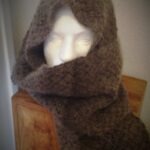
Dog hair yarn is fuzzy, with a soft halo. It looks similar to mohair or angora, with the soft fuzzy surface. Because dogs come in lots of colors, the yarn will be the same color as the fur. It can be dyed any color, using the same dyes which are used with wool or silk.
Isn’t it scratchy?
Sometimes. It depends on the type of dog and the preparation done before spinning. If the dog has short hair, it must be spun a little tighter, which makes it less soft. And if there are lots of straight, wiry guard hairs which aren’t removed from the wool before spinning, those will stick out and be quite scratchy. If your dog wool is taken from the fuzzy undercoat, it usually makes a soft, pleasant yarn. Some guard hairs show here, but it’s still very soft.
What kind of dogs?
Any kind of dog hair can be spun. But then, some handspinners will attempt to spin dryer lint and other crazy stuff. The most pleasant yarns are made from cold weather breeds. Any dogs with soft wooly undercoats that shed are suitable for clothing-quality yarns. Some of the best-known yarn sources are Samoyeds, Huskies, Keeshond, Great Pyrenees, or Newfoundlands. All these breeds tend to “blow their coat,” shedding large chunks of undercoat all at once. It’s a nightmare for housekeeping, but a dream come true for a handspinner.
Is it called “wool,” “fur,” or “hair?”
Yes! Although I have been adamantly corrected when I used the term “wool” instead of “hair,” it’s really a pretty (pardon the pun) …fuzzy distinction. Hair, fur, wool… or for that matter, fingernails, porcupine quills, and eyelashes all are made up of the same stuff (kerotin) and come from the same place (hair follicles.) (see “Are You Allergic to Wool” to read more about this.)
Generally, the term “wool” refers to a sheep’s fleece. Most breeds have crimp, or wave, in each hair. This crimp gives sheep wool the useful quality of being springy. The yarn spun from those crimped fibers carries on the springiness.
With canines, “dog hair” refers to the guard coat which doesn’t shed nearly as much as the undercoat. Some breeds, like poodles, grow primarily guard coat, and people with allergies seek them out to avoid the dander that comes with a shedding undercoat. The undercoat is softer, fuzzier, and more often referred to as “fur.” Some dog undercoat even has some crimp to it.
I often refer to any protein fiber (animal hair) that I spin into yarn as “wool.” Most handspinners do, too. Sometimes that’s laziness, but usually, it’s because there are more similarities than differences between the hair that comes from a dog and the hair that comes from a sheep. Besides, we often blend them together anyway, to take advantage of the unique properties of both.
Does dog wool need to be blended with other fiber?
No. It doesn’t need to be. But you will probably be a lot happier if it is.
- Dog hair is warm. Very warm. In fact, most people say it’s 7-10 times warmer than sheep wool. This has a lot to do with the way it traps air. So, if you want
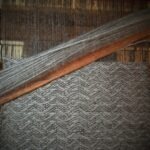 a blanket that is incredibly warm, soft, and lightweight– use pure dog wool. (You may sacrifice durability, though.) If you want a sweater you can wear in weather warmer than -20 Fahrenheit, mix it with some wool. It’ll still be warm and fuzzy, but not so hot it smothers you.
a blanket that is incredibly warm, soft, and lightweight– use pure dog wool. (You may sacrifice durability, though.) If you want a sweater you can wear in weather warmer than -20 Fahrenheit, mix it with some wool. It’ll still be warm and fuzzy, but not so hot it smothers you. - Dog hair has little or no crimp. This means it isn’t stretchy at all. The lovely yarn spun from pure dog wool, once knitted into a sweater, will probably start to sag a little with gravity and time. For a garment which holds its shape nicely, blend in some wool.
- That same lack of stretch makes dog hair weak under tension. Not just the tension of gravity, but the tension from being warped on a loom.
The Granite Blanket ~ a Cautionary Tale
I once wove a blanket out of the wool from my dog, Granite. It was wonderful beyond words. Elegant, soft, feather-light, and incredibly warm, it went camping with me many times and was tucked around my perpetually cold-in-a-sleeping-bag body for extra warmth. It kept my legs and toes warm on the couch on winter evenings. It wrapped around me as a shawl for more than a few walks down the long drive at the ranch. After a few years of use, though, I noticed my Granite blanket was damaged in some places. I thought maybe it was wool moths, but the holes were different. All the damage went one direction, like tears that were 1″ to 7″ long, following the weft threads. The warp threads on my precious dog wool blanket were beginning to disintegrate. Even though they hadn’t been under any more stress than the weft threads since coming off the loom, the tension from the original weaving had weakened the warp yarn enough that the damage showed up years later. ~the story of making the Granite Blanket can be found in the Spin-Off Winter 1993 issue
How much do I need?
This depends on many factors. It may be worth considering just handing over Fido’s bag o’ fur to your handspinner and asking her to make as much as possible. Then you can plan what to make depending on the amount of yarn. But if you prefer to plan that ahead, here are some things to think about.
- What do you want to make?
A blanket takes more yarn than a sweater, which takes more than a vest, a scarf, a hat, etc.
- Blending is better.
If you are having your yarn spun to be woven or knitted into a garment, consult with your spinner about what you hope to make with your chiengora. She’ll help you decide how much of your dog’s wool is usable, which can determine how much wool to blend with it to stretch the final product. Don’t worry– even a little bit of dog wool mixed with wool will have that fuzzy halo and the color of your dog. I generally aim for a 50/50% mix, but the yarn doesn’t change drastically in appearance if you stretch it to 20/80% either way.
- Not all the fur you collected is usable for a quality product.
Let’s face it. Fido wasn’t always clean. A little drool here, some leftovers there… maybe even a little pee. If you weren’t really careful about only collecting fur that was fairly clean, unmatted, and full length, your spinner will have some extra work sorting before spinning.
- The type of fur your dog produces will determine the kind of yarn that is spun from it.
If it’s fairly short, your yarn is probably going to be thin and tight, compared to a light and fluffy yarn made from longer wool.
- The way your garment is made also effects how much yarn is needed.
Knitting takes less yarn than crocheting, for instance. And weaving with thinner yarns takes a lot of yardage. Work with your spinner.
Do I have to wash it before it’s spun?
You don’t always have to. Some dog fur is fine spun straight off the dog. Some dogs shed a lot more dander in their wool, and some are a little more odiferous. Washing dog fur is a tricky project, though, and you should probably let the spinner do it herself. Don’t worry. She won’t judge.
Doesn’t it smell?
Well, yeah. Especially when it’s wet. But there is a subtle difference between smelling and stinking. If your chiengora yarn has been washed properly, the fiber shouldn’t have any more odor than, say, wool does. Have you ever smelled wet wool? Wool has traditionally been used in humid climates because it wicks moisture from the skin and holds warmth even when wet. Dog hair garments will too. But there is a little bit of a wet dog smell that most people don’t find more than very mildly offensive.
Does it shed?
Some… a little… it depends. If there were lots of different lengths of fibers, or if it was spun very loosely, there will likely be some shedding. That problem of no crimp comes up again, too. Dog hairs are pretty straight and slick, so some of them will work their way out of the yarn. Angora sweaters are notorious for doing that, too.
Will it give me allergies?
If your yarn has been washed properly, it shouldn’t. It’s probably been run through several washes by the time it has become a wearable garment, so all traces of dog saliva or dander should be cleaned away. There is the problem of the shedding hairs. Nobody likes a hair up their nose. It tickles and makes you sneeze. That’s not pleasant, but it’s not an allergy, either. (For more on that, and if you didn’t before, read Are You Allergic to Wool.)
How do I wash it?
Chiengora is washed like any other protein fiber, like wool or silk. Do a gentle handwash with warm (not too hot) water and a nice wool wash like Eucalan, or even Dawn dish detergent. (Believe it or not, Dawn is mild enough to not damage your wool, and is preferred over any other cleaner by many spinners and weavers.)
The key is to NEVER AGITATE! If you stir it around and work at it, it will felt. The surface will get matted, and it will shrink unevenly, and you will ruin your product.
Rinse several times until you have gotten all of your soap or detergent out, and the water runs clean. Squeeze gently in a towel, then dry flat.
I never recommend dry cleaning for wool or other protein fibers. I am personally sensitive to many chemicals, and wool hand washes beautifully!
What can I do with it?
Dog hair and dog/wool blends make beautiful yarn for knitting and weaving. Crocheting can work as well, but the fuzzy surface of the chiengora makes crocheting a less desirable choice. Dog hair will felt, as well. You may have to work a little harder to get it into a hard felt stage because the hairs are fairly slick. More wool in the blend will make felting easier.
Can I keep my pet’s yarn and have something made after she dies?
Yes. You can. And it can be a great comfort. Having the soft touch of familiar fur, years after your pet has gone has a melancholy sweetness to it. I’ve heard of people stuffing their dog after she dies, and– I hate to judge– that’s a little weird. This is a lovely compromise. You don’t even have to tell anyone that your pet was involved when they admire the beautiful vest or jacket you’re wearing.
How do I keep the fiber until there’s enough to spin?
It’s important to protect your dog’s wool from pests and dirt. Wool moths and similar pests can be a serious threat. If your fur becomes infested with moth eggs, it should be disposed of, and collecting begins again. If spun with an infestation, the eggs can later hatch and eat their way from the inside out of your wool. (There are a few things you can do to save it, but there is always a risk.)
Store your dog wool in small containers with a tight-fitting lid, like a Ziploc Weather-shield storage box or similar storage tub. Most dollar stores have some variation on this in a nice shoe-box size. Add an herbal sachet with lots of essential oils to each container, and seal with packing tape once it is full. The herbs will mask the smell of the fur, so you can avoid infestation. Also, by packaging in small containers, in case of infestation you only have to throw out the bad bin and not all you’ve collected.
Stay tuned for more…
I’ll be posting again on dog wool. I’d like to share the steps I use for making a quality yarn out of my dog’s fur! I have a Great Pyrenees living with me, and he makes more wool than a sheep. He’d like to share his tips for great dog hair yarn, too!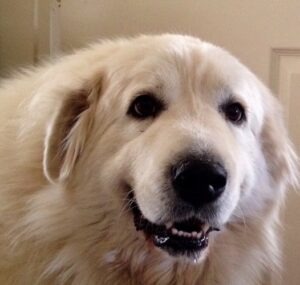
Comments are always welcome here at SlowYarn! Tell us what you think, share your ideas, or comment on the content. Or you can contact me directly at Kelley@SlowYarn.com.
Thanks!
–Kelley
Copyright © 2015 – 2023 Kelley Adams. All rights reserved.
All text, photos, and graphics are the property of Kelley Adams unless credit is given to an alternative source.
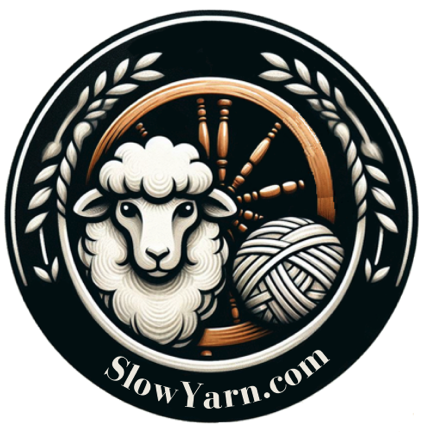
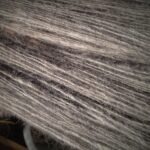
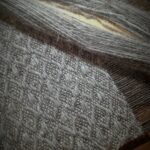

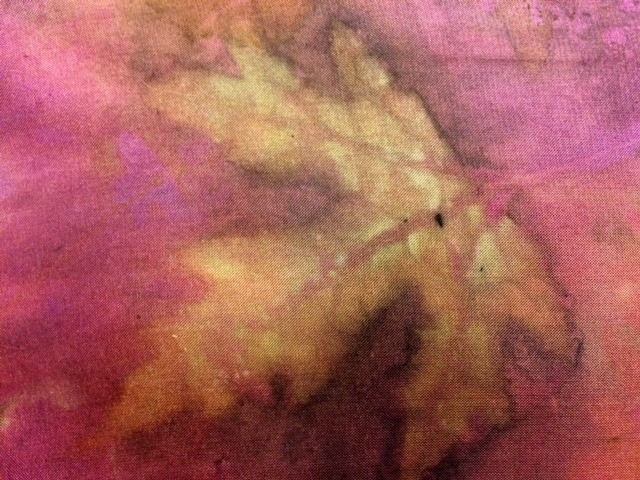
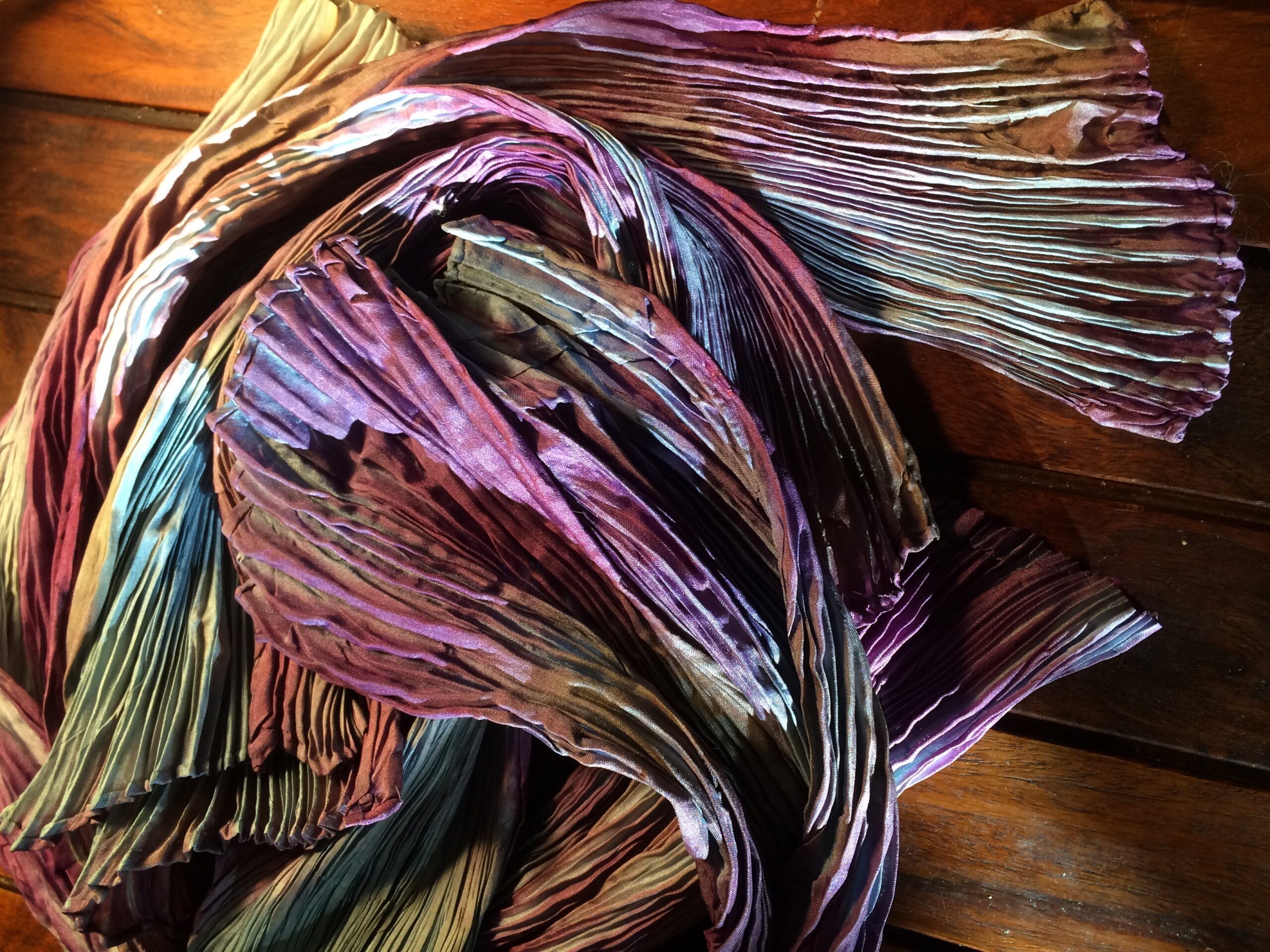
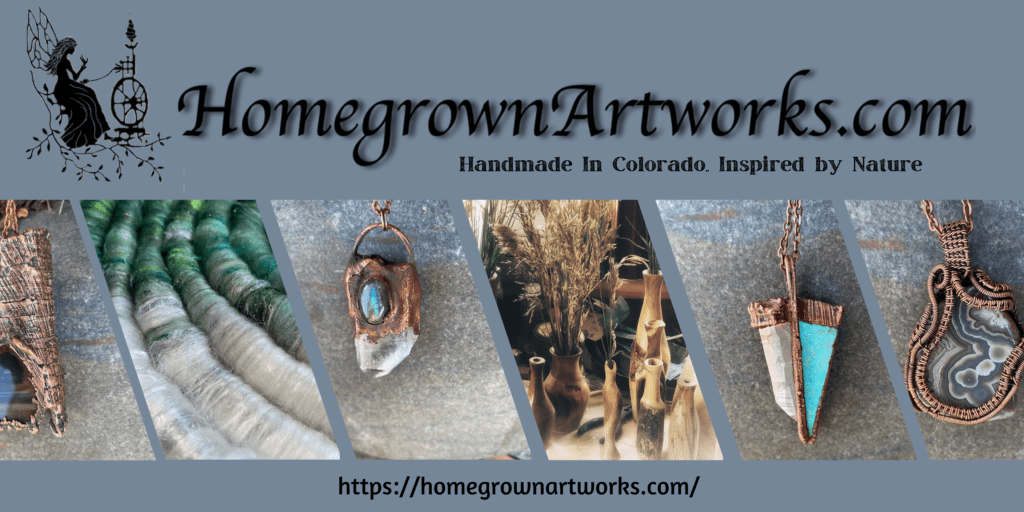








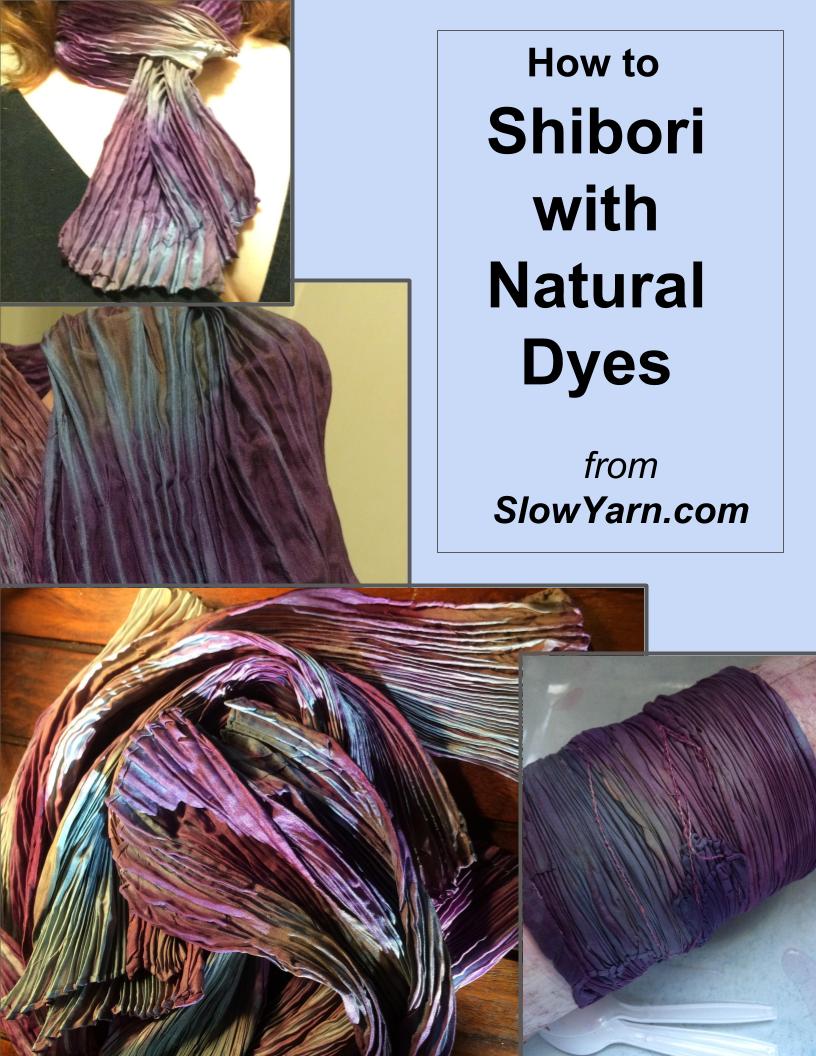
Dog fur can also be used for needle felting, although it usually needs to be blended with another fiber. I prefer to blend it with alpaca. I have created several pet portraits in which some of the dog’s fur was incorporated into the sculpture.
The best dog fur I’ve ever used for needle felting came from a Bouvier des Flandres. It was very easy to felt and almost indistinguishable from my alpaca.
I heard about that. It’s wonderfull and value added textiles. I am interested in this and i wish i could do this. but in india is it possible to get chiengora dogs hair wool ? Is it possible to that by your efforts i will get here from you. I am also from textile bacground.
At this time I don’t know of anyone selling chiengora as a commercial enterprise. Most people who spin dog wool are taking custom orders for the owner of the dog, or using the undercoat from their own dog. Several years ago I knew someone who was using Samoyed hair to weave and then sew some beautiful jackets. She found a commercial market for these lovely white coats at a chain boutique.